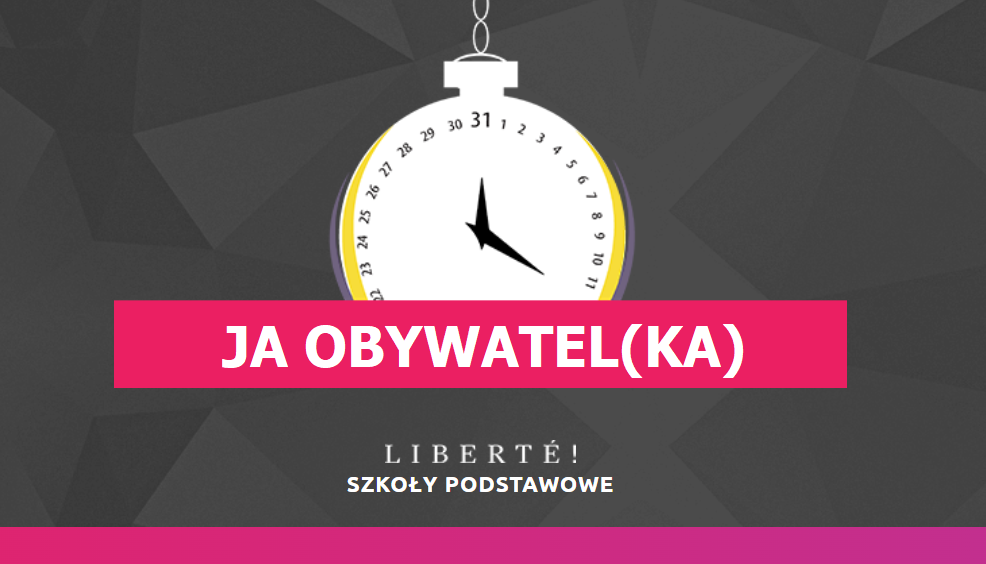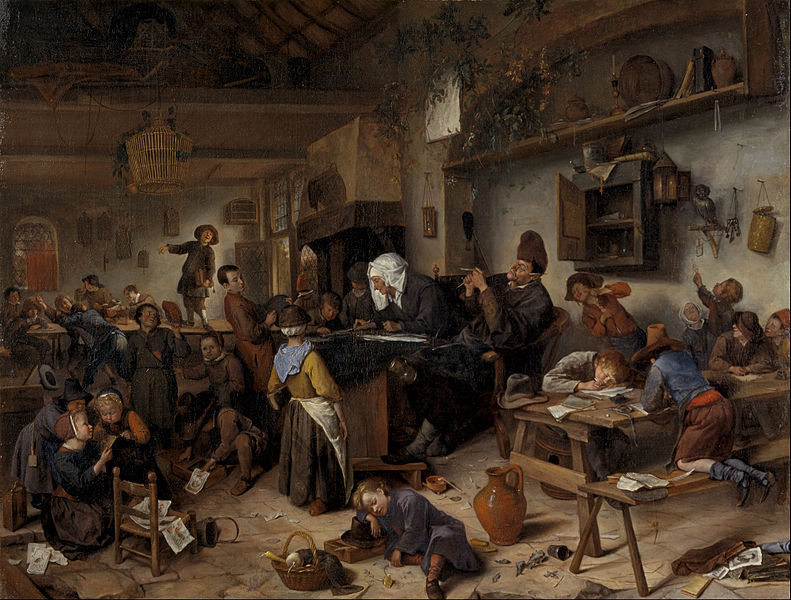
National Economics Quiz: Empowering Financial Literacy and Economic Understanding
BY
LFMI / May 28, 2024
On May 9, the Money Museum of the Bank of Lithuania hosted the awards ceremony for the National Economics Quiz winners. This event honored the teachers who attracted the most students and active teams. Organized by the Lithuanian Free Market Institute (LFMI) in collaboration with the Bank of Lithuania and Lithuanian National Radio and Television, the event aims to promote financial and economic literacy among the general public.






![[PUBLICATION] Teachers’ Pay with Sober Head [PUBLICATION] Teachers’ Pay with Sober Head](http://4liberty.eu/phidroav/2021/02/800px-Winslow_Homer_-_The_Country_School.jpg)



